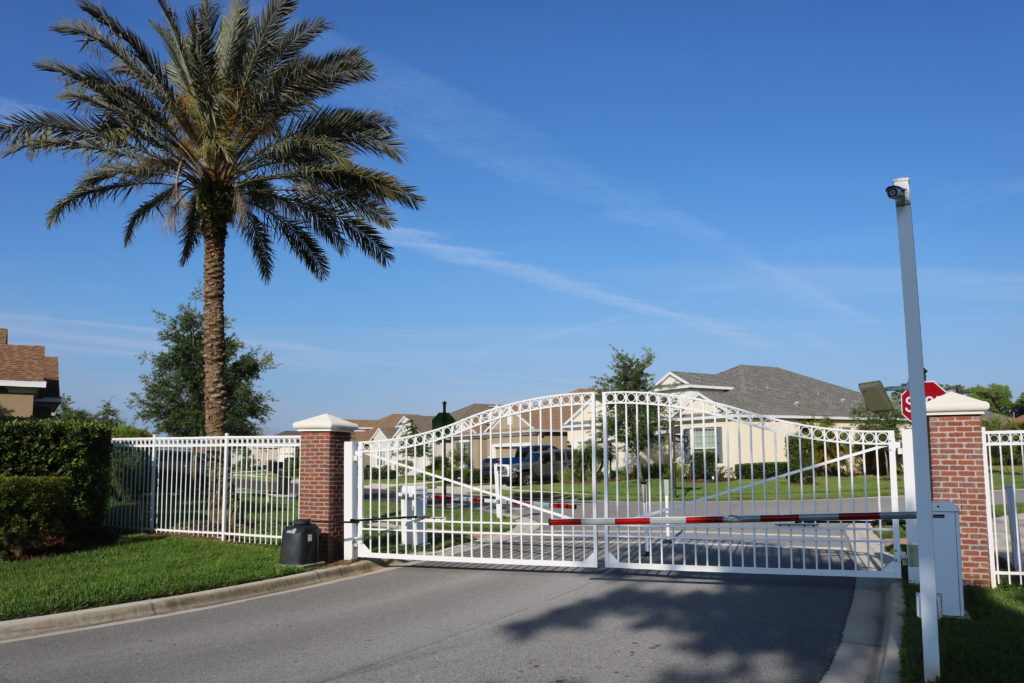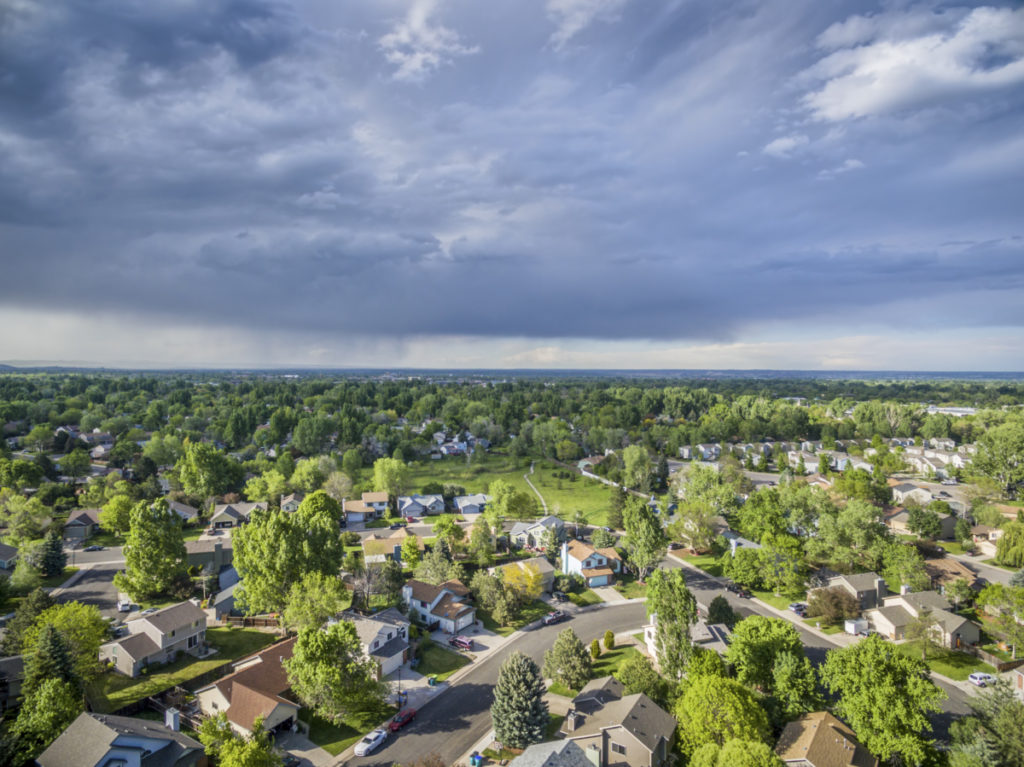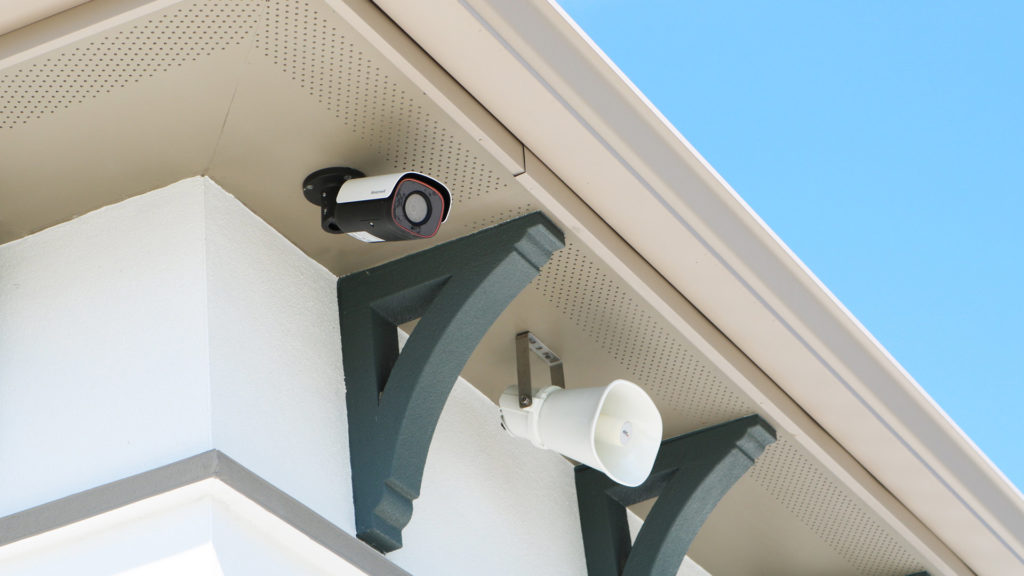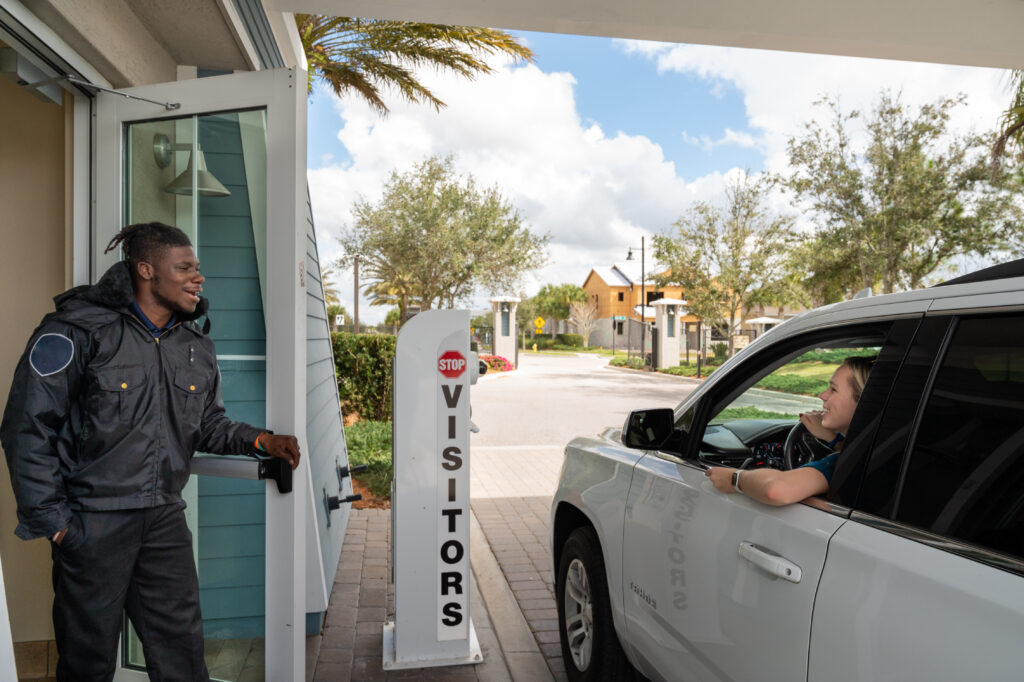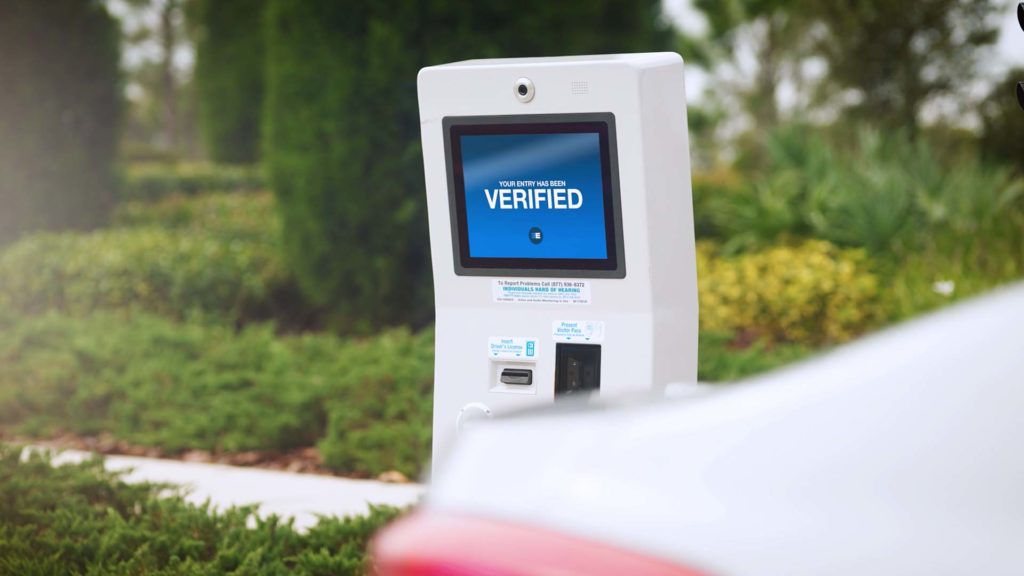When communities are discussing security for their association, the most common suggestions include cameras, locks, or even a guard.
Often times, it is thought that adding just one of those solutions, will help solve any security issues within a community. It is possible, but unfortunately, it is not likely. Effective security is more than a system; it is a uniquely designed and well- thought- out plan. It typically means more than one system or method will need to be in place to address these four, key components: prevention, detection, response, and evidence.

To begin developing a community security plan, prevention methods are the first place to start. Some may already be in place. For instance, the Crime Prevention Through Environmental Design (CPTED) Guidelines indicate that communities and homeowners should address a set of measures that may be increasing unwanted behaviors. CPTED includes natural elements that can be manipulated in an effort to prevent criminal activity. For example, large hedges do create privacy, but they also allow trespassers to easily hide, out of the line-of-sight for any residents or visitors passing by. The same can be said for dark amenities or houses without proper lighting.
Other prevention methods include signs to clearly state that an area is being monitored by cameras or that a neighborhood watch program exists within the community. Installing access control on amenity gates and doors will also help to stop trespassers from entering a closed, private community area. In order to enter through the door or gate, users normally need a key card or fob with authorized access. Even if access is permitted, the lock will not open during closed hours. In an ideal scenario, prevention methods would be the only thing needed for communities, but they will not stop everyone.
Deciding on methods for detection of intruders is the next step. The most common system that individual homes use is a burglar alarm to alert the homeowners and authorities of a break-in. Doorbell detection devices and small, smart cameras are also becoming increasingly popular, notifying users of motion in an area. However, larger areas and amenities are likely to need a larger system.
Some communities will implement a neighborhood watch program to look for any suspicious activity. While this can help with prevention, the members are normally volunteers and unlikely to actively search for trespassers or vandalism around a community. With that in mind, many associations will employ a roving guard to tour communities and address trespassers or other unwanted issues happening in community areas. Roving guards also provide peace of mind for residents, knowing that they have a designated person to contact if an incident occurs.
However, roving guards are not always cost-effective for communities, and they can only be in one place at one time. Instead, many communities are turning to a proactive video surveillance system that has the ability to detect trespassers when amenities close. Active video surveillance uses cameras with programmed video analytics that study the area they are designated to monitor. When a person enters the closed area, the camera is able to detect and signal a remote guard of the alarm.
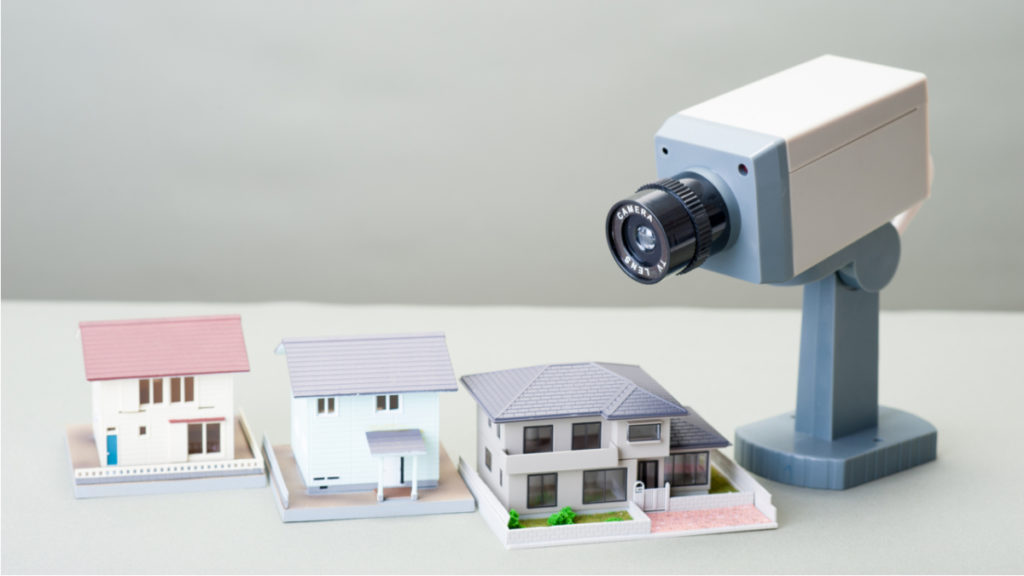
The response component of active video surveillance adds to its helpfulness for communities. Once the system is triggered by a trespasser, a remote or virtual guard is able to immediately view the video to confirm that someone has entered the area. Once confirmed, two-way voice-down capabilities allow the guard to speak with whoever is in the closed amenity and inform them that they must leave. This real-time intervention combines technology with people to effectively detect and respond to certain incidents.
On-site guards can also respond to incidents when detected properly. Roving guards may find the trespassers or receive a call to alert them of a disturbance. If the community is gated, the gate attendant may be contacted and asked to respond, but this should be avoided when possible to ensure that the entrance is not left open to other unwanted visitors.
Finally, systems should be in place that have the ability to provide evidence when needed. That evidence can help authorities, be submitted to insurance representatives, or assist in recouping damage costs. Video surveillance is the most common since it can show vandalism, gate damage, vehicle information, and more. To be admissible in court, all video must be watermarked, which can be provided by a security company.
Evidence can also be provided if visitor access records are properly kept. When properly managed and monitored, visitor data can include the visitor’s his or her name, the resident he or she visited, license plate, and more. Resident access is similarly recorded with access control. Just as credentials can easily be activated or deactivated, where and when they are used can be viewed by community officials with an access control system. Whether at a gate or amenity access point, this information allows a community to know who accessed or damaged a location point and when it occurred.
Efficient community security is not normally a single method or system. In many cases, multiple solutions are needed to cover entrance points, amenities, and assets. In addition to securing all of the necessary places, the solutions decided upon should address the community’s plan. While each plan should be unique to a community, the core base of all plans includes prevention methods, detection solutions, response a way to respond, and evidence. This plan is an overall investment for communities to protect their association, mitigate risks, and know that their community is taking the necessary precautions and steps to keep the neighborhood secure.
You can read the complete issue and original article here: FLCAJ – December
You can also download the article here.

